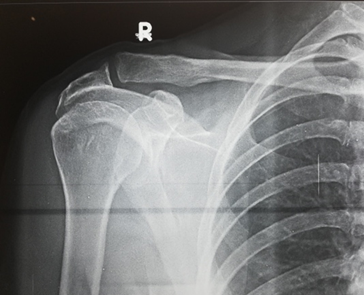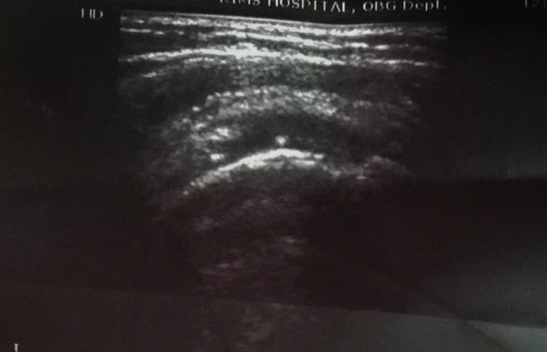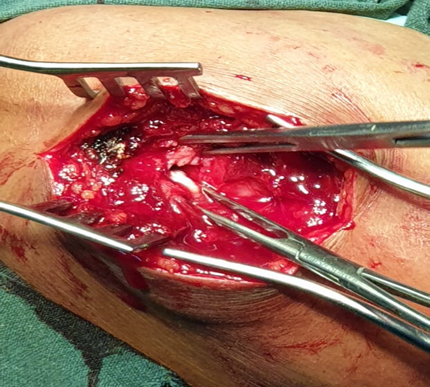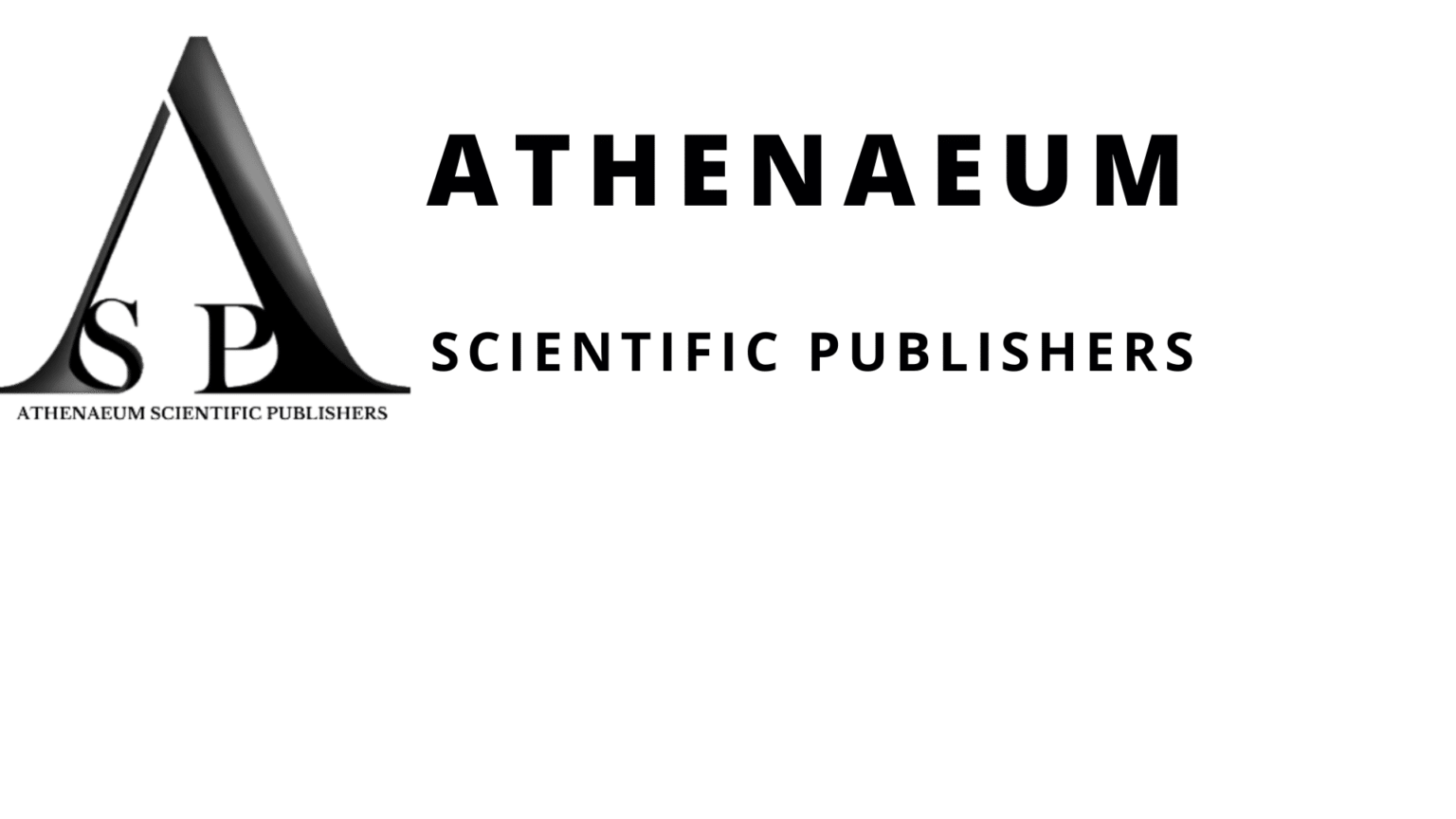Vinodkumar AC1, Ravish VN2, Amit Bilagi2*
1Principle Investigator, Department of Orthopaedics, KIMS, Bengaluru, India
2Co-investigator, Department of Orthopaedics, KIMS, Bengaluru, India
*Corresponding Author: Amit Bilagi, Department of Orthopaedics, KIMS, Bengaluru, India;
Email: [email protected]
Published Date: 24-09-2021
Copyright© 2021 by Bilagi A, et al. All rights reserved. This is an open access article distributed under the terms of the Creative Commons Attribution License, which permits unrestricted use, distribution, and reproduction in any medium, provided the original author and source are credited.
Abstract
Aims and Objectives: To observe the incidence of rotator cuff tears in patient with shoulder pain and stiffness with help of USG.
Introduction: All the shoulder pains associated with stiffness of shoulder and restriction of movements, according to literature are adhesive capsulitis with normal radiographs. The current study is conducted to observe the rotator cuff tears in patients with shoulder pain and stiffness.
Methods: All patients with shoulder pain having stiffness and restrictions of movements, attending orthopedic OPD were evaluated clinically, radiologically and USG to identify rotator cuff tears. Most of the shoulders associated with pain and stiffness have normal radiological study and hence sonography was used to evaluate the rotator cuff tears as USG is a simple, cost effective and reliable investigation to assess soft tissues of the shoulder joint.
Results: In our study we found that out of 51 patients, 24 (47.1%) patients with shoulder pain associated with stiffness and restriction of movements had associated capsular or tendon tears with majority being females.
Conclusion: Therefore, all the patients having shoulder pain with stiffness and restricted movements and normal radiographs need to undergo ultrasound scan to rule out rotator cuff tears before continuing further treatment as most of the rotator cuff tears need intervention. USG is a reliable, simple and cost-effective method to rotator cuff tears.
Keywords
Shoulder Pain and Stiffness; Restricted Movements; Rotator Cuff Tear; Ultrasonography (USG)
Introduction
All the shoulder pains associated with stiffness of shoulder and restriction of movements, according to literature are adhesive capsulitis with normal radiographs. A rotator cuff tear is a common finding among patients with shoulder pain [1]. It can be partial or complete and can be symptomatic or asymptomatic. The pathogenesis of rotator cuff tear is usually degenerative, with age being the most important risk factor [2]. Musculoskeletal ultrasonography is one accepted modality for the diagnosis of rotator cuff tear [3].
Rotator cuff tear can be associated with limited shoulder movement in addition to pain, and the treatment can include several strategies, such as NSAIDs, local corticosteroid injections, local hyaluronic acid injections, and/or surgery [4]. The chronicity of shoulder pain is one of the most important factors in the success of any treatment. The current study is conducted to observe the rotator cuff tears in patients with shoulder pain and stiffness.
Material and Methods
All patients with shoulder pain having stiffness and restrictions of movements, attending orthopedic OPD were evaluated clinically, radiologically and USG to identify rotator cuff tears. Most of the shoulders associated with pain and stiffness have normal radiological study and hence sonography was used to evaluate the rotator cuff tears.
The present study was conducted to find out the incidence of rotator cuff tear in out patients presented with pain and stiffness of shoulder and the need of ultrasonographic evaluation in such patients to identify cuff tears. Clinically all the patients were evaluated with examination including NEER test.
After clinical evaluation, patients having positive clinical tests usually were evaluated with X-ray of the shoulder but X-ray findings of all patients with shoulder pain were normal. In order to establish the diagnosis with imaging documentation, ultrasonographic study was included and it was found to be effective in evaluation and incidence of rotator cuff tear was found to be significant. The cause of shoulder pain and stiffness may be due to various causes, but the present study focus mainly on identifying the rotator cuff tear as an underlying pathology.
Study Details
The study was conducted in Department of orthopaedics, KIMS, Bengaluru from 2018-2020
Subjects: Patients attending Department of orthopaedics, KIMS, Bengaluru
Type of study: Observational study
Sample size: 51 patients (non-randomise purposive sampling)
Radiological method: X-ray, USG
Inclusion Criteria:
All patients with shoulder pain having stiffness with restriction of movements.
Exclusion Criteria:
- Post-operative stiffness
- Infective conditions of shoulder
- Inflammatory disease of shoulder
- Fractures of shoulder with associated peri arthritis
Data Collection
All patients with shoulder pain having stiffness and restrictions of movements, attending orthopedic OPD at KIMS, Bengaluru.
Plan of Analysis
All patients with shoulder pain having stiffness and restrictions of movements, attending orthopedic OPD were evaluated clinically, radiologically and USG to identify rotator cuff tears. The patients who had tears and willing for surgery were taken up for open repair of the rotator cuff. Few patients were advised MRI for further correlation per-operatively.
Statistical Analysis
The tabulation and cross tabulation was done. Results are expressed in percentage. For statistical analysis, data was first entered in Microsoft excel database and subsequently processed by standard statistical software.
Results and Discussion
In the present study majority (39.2%) of them were aged between 51 to 60 years of age , 29.4% of them were aged more than 60 years, 19.6% of them were aged between 41 to 50 years of age and 11.8% of them were less than 40 years of age. Majority of the patients in the study are females (60.8%). Nearly 25.5% of the subjects has diabetic mellitus, 5.9% of them had hypertension alone and both DM with Hypertension respectively. 2% of them had hypothyroidism and 60.8% of them had no co-morbidities.
Among the study subjects nearly 47.1% (27 of 51) of them had rotator cuff tear and was found to be more common among the people aged more than 50 years of age probably accounting to degenerative tears. The results were comparable to a study where 22.1% of the subjects had full thickness tear which increased with age [5].
It was found that rotator cuff tear was found to be more on the right side (66.7% of the study subjects), indicates it is more common in the dominant hand used by the subjects.
On comparing the range of motions at the level of shoulder joint, it was found that all the action the degree of motions was less among the subjects with rotator cuff tear when compared with subjects without tear and the P-value was found to be statistically significant.
In a study they concluded, a well-trained office staff and an experienced orthopaedic surgeon can effectively utilize ultrasonography, in conjunction with clinical examination and a review of shoulder radiographs, to accurately diagnose the extent of rotator cuff tears in patients suspected of having such tears (Fig. 1-7) [6].

Figure 1: Normal appearing X-ray of patient presenting with pain, stiffness and restricted movements of right shoulder.

Figure 2: USG of the same patient showing hypo-echoic shadow in the rotator cuff suggestive of tear.

Figure 3: Intra-operative picture of the patient showing tear of supraspinatus tendon tear with the two ends.

Figure 4: Age-wise distribution of the patients.

Figure 5: Gender distribution of the patients.

Figure 6: Distribution according to side affected.

Figure 7: Distribution according to presence of rotator cuff tear.
Conclusion
The patients presenting with shoulder pain and stiffness are not only periarthritis of shoulder but need further radiological evaluation after thorough clinical examination. Shoulder X-ray is not sufficient and there is a need of another simple, cost effective, feasible, accessible investigation. Musculoskeletal ultrasonography is one accepted modality for the diagnosis of rotator cuff tear [3]. It has a sensitivity of 0.84 and 0.96 and a specificity of 0.89 and 0.93 for partial and full-thickness tears, respectively [7].
In this study all the sonographies were done and interpreted by a single radiologist and few cases had MRI and surgical correlation of the rotator cuff tears. As orthopaedic surgeons, we tend to miss this most important thing while diagnosing the patients with shoulder pain and stiffness with restricted movements.
A study conducted by Sorenson, et al., in conclusion found a high incidence of rotator cuff lesions by further evaluation of patients undergoing consultation at the emergency department, with an inability to perform active abduction above 90 degrees and normal radiographs, after an acute shoulder trauma [8].
Hence, it is advisable to proceed with USG of shoulder once the X-ray seems normal in a patient with pain and stiffness of shoulder with restriction of movements before the start of the treatment as most of the rotator cuff tears need repair.
The main limitation of the study is small study group and short period of study due to the start of the pandemic. The incidence of tears can be further studied with larger study groups.
References
- Tashjian RZ. Epidemiology, natural history and indications for treatment of rotator cuff tears. Clin Sports Med. 2012;4:589-604.
- Moor BK, Röthlisberger M, Müller DA, Zumstein MA, Bouaicha S, Ehlinger M, et al. Age, trauma and the critical shoulder angle accurately predicts supraspinatus tendon tears. Orthop Traumatol Surg Res. 2014;100:489-94.
- Roy JS, Braen C, Leblond J, Desmeules F, Dionne CE, MacDermid JC, et al. Diagnostic accuracy of ultrasonography, MRI and MR arthrography in the characterization of rotator cuff disorders: a meta-analysis. Br J Sports Med. 2015;49:1316-28.
- Clement ND, Nie YX, McBirnie JM. Management of degenerative rotator cuff tears. A review and treatment strategy. Sports Med Arthrosc Rehabil Ther Technol. 2012;4:48-53.
- Minagawa H, Yamamoto N, Abe H, Fukuda M, Seki N, Kikuchi K, et al. Prevalence of symptomatic and asymptomatic rotator cuff tears in the general population: From mass-screening in one village. J Orthop. 2013;10:8.
- Iannotti JP, Ciccone J, Buss DD, Visotsky JL, Mascha E, Cotman K, et al. Accuracy of office-based ultrasonography of the shoulder for the diagnosis of rotator cuff tears. J Bone Joint Surg Am. 2005;87(6):1305-11.
- Smith TO, Back T, TomS AP, Hing CB. Diagnostic accuracy of ultrasound for rotator cuff tears in adults: a systematic review and meta-analysis. Clin Radiol. 2011;66:1036-48.
- Sørensen AK, Bak K, Krarup AL, Thune CH, Nygaard M, Jørgensen U, et al. Acute rotator cuff tear: do we miss the early diagnosis? A prospective study showing a high incidence of rotator cuff tears after shoulder trauma. J Shoulder Elbow Surg. 2007;16(2):174-80.
Article Type
Data Article
Publication History
Received Date: 30-08-2021
Accepted Date: 17-09-2021
Published Date: 24-09-2021
Copyright© 2021 by Bilagi A, et al. All rights reserved. This is an open access article distributed under the terms of the Creative Commons Attribution License, which permits unrestricted use, distribution, and reproduction in any medium, provided the original author and source are credited.
Citation: Bilagi A, et al. Observational Study of Incidence of Rotator Cuff Tear in Patients with Shoulder Pain and Stiffness. J Ortho Sci Res. 2021;2(3):1-8.

Figure 1: Normal appearing X-ray of patient presenting with pain, stiffness and restricted movements of right shoulder.

Figure 2: USG of the same patient showing hypo-echoic shadow in the rotator cuff suggestive of tear.

Figure 3: Intra-operative picture of the patient showing tear of supraspinatus tendon tear with the two ends.

Figure 4: Age-wise distribution of the patients.

Figure 5: Gender distribution of the patients.

Figure 6: Distribution according to side affected.

Figure 7: Distribution according to presence of rotator cuff tear.


